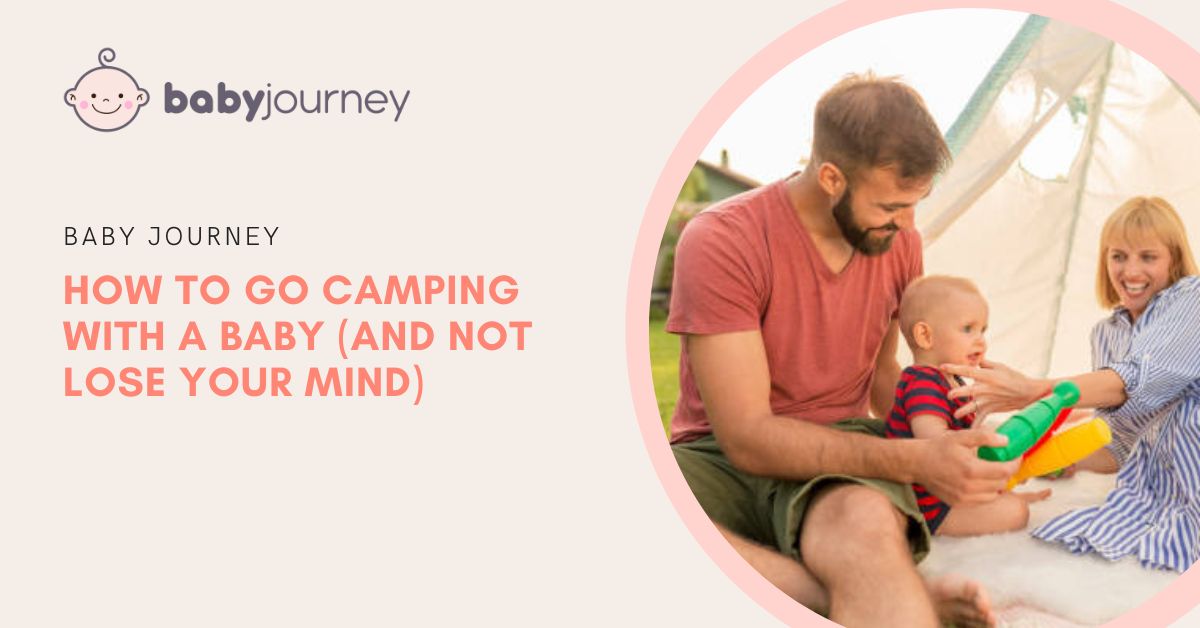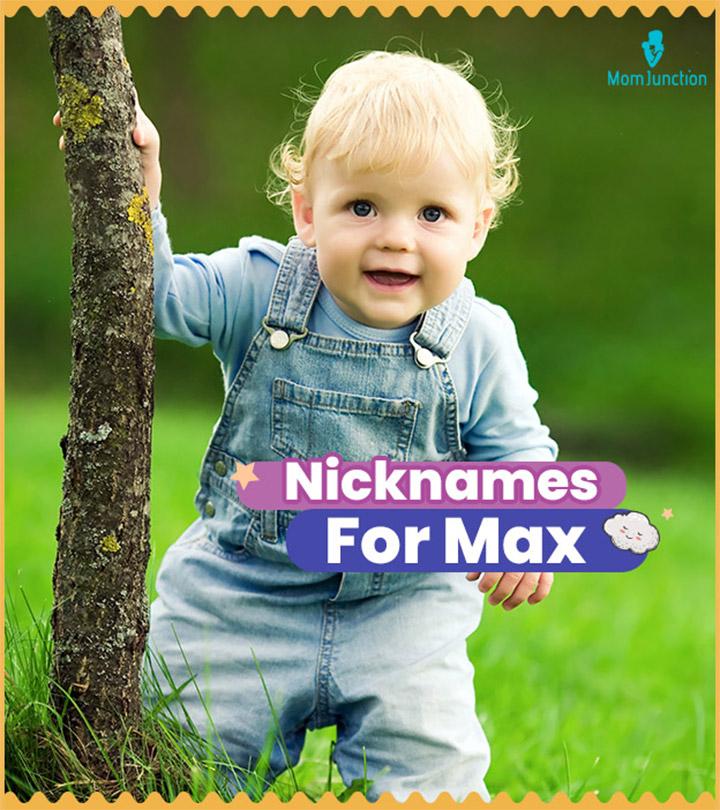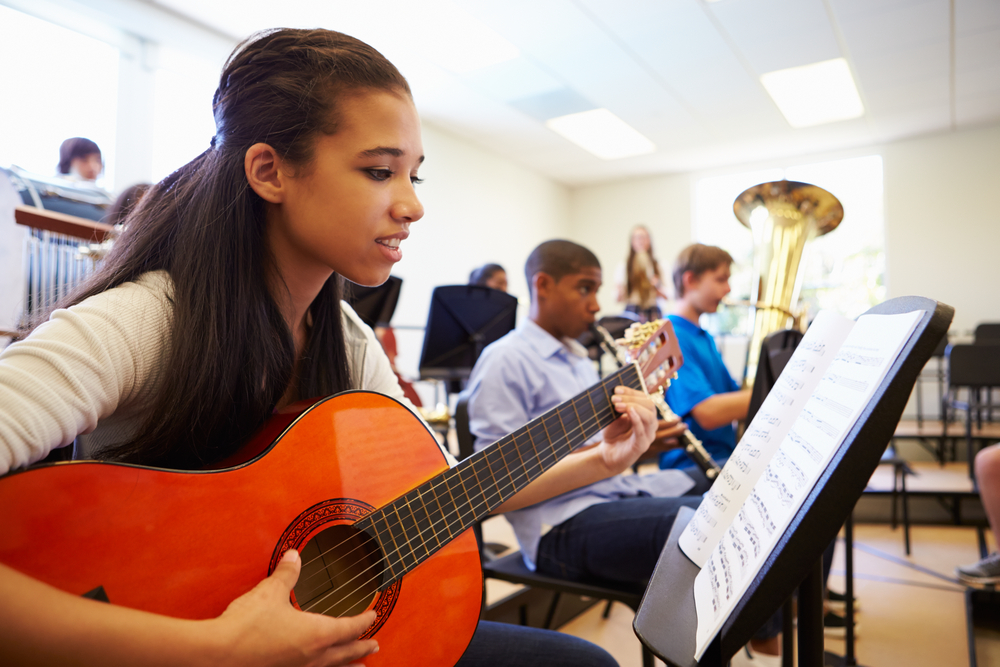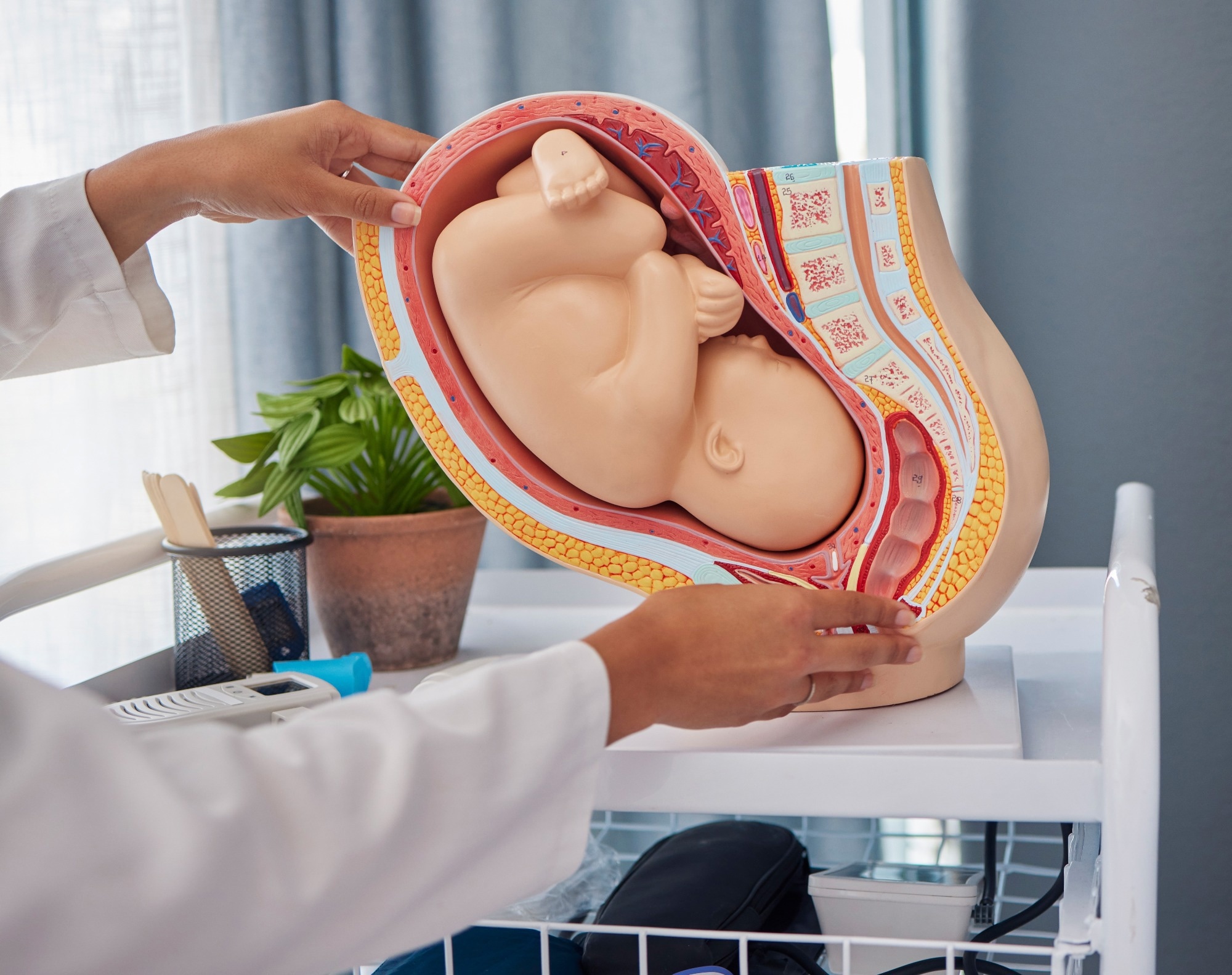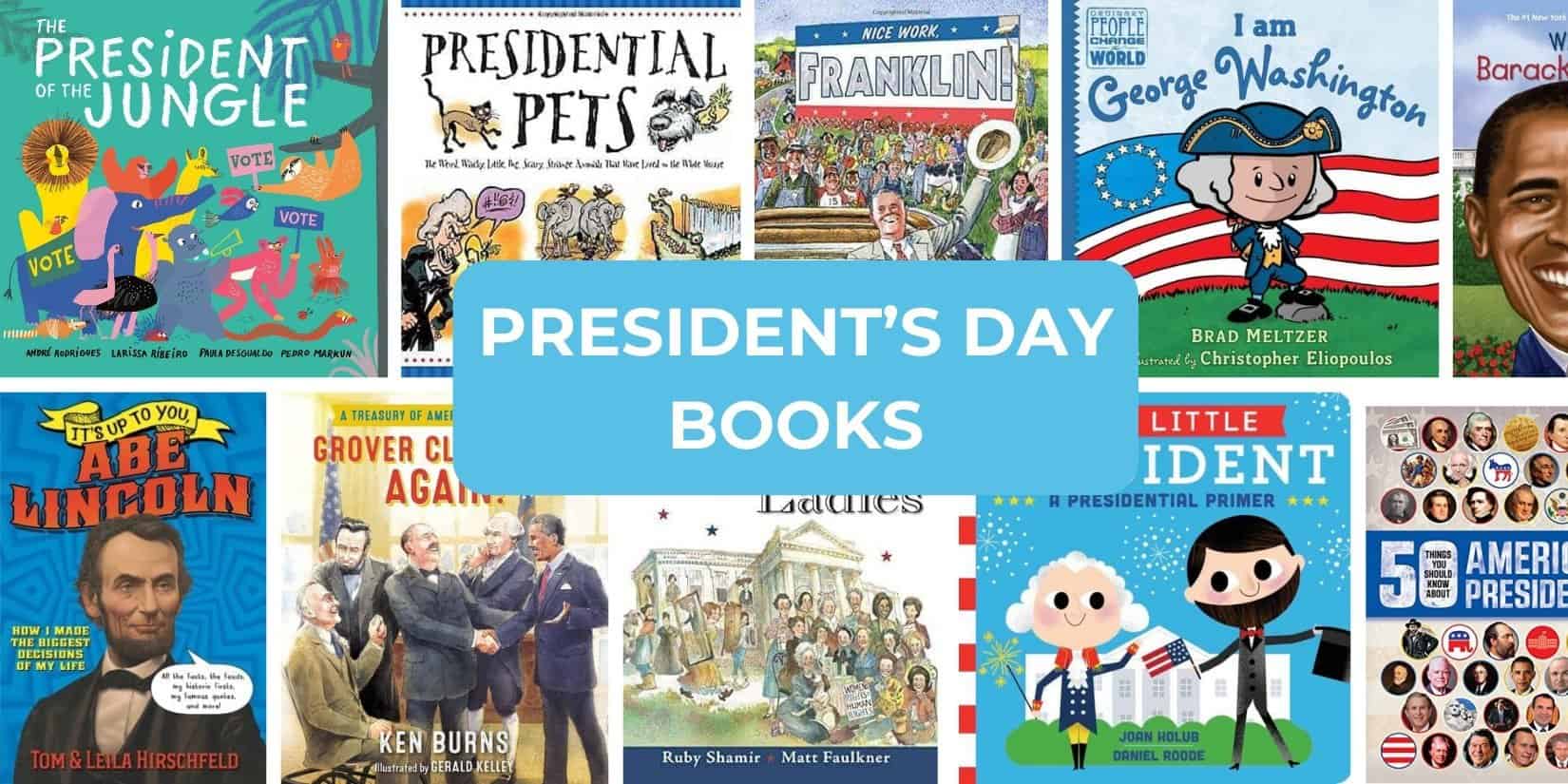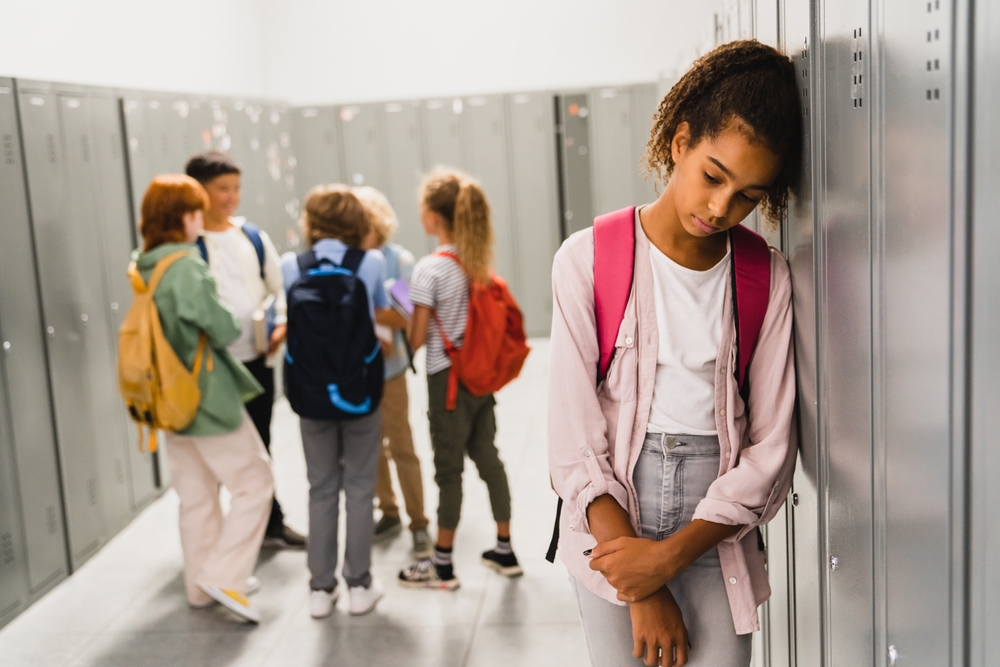As camping fanatics, my partner and I were determined that we weren’t going to let having a little one keep us from enjoying the great outdoors.
While some may have deemed that a pie-in-the-sky ideal, we’re happy to report that eight years later, we’ve learned that camping with a baby is definitely possible. More than that, it can be enjoyable too!
As long as you know how to keep your baby safe and comfortable, camping with infant can be an amazing way to make memories as a family. This guide will cover essential tips for camping with kids under two, specifically babies.
If you’re ready to hit the open road to your favorite campground with your baby in tow, this article is for you!
12 Tips for a Cheerful Camping with Baby Experience
1. Choose The Ideal Location
While you and your partner may have backpacked into remote locations on your camping trip, hiking over rugged terrain only to set up your tent in the craggy outskirts of a mountain, camping with kids is decidedly different.
You’ll need to choose the perfect location when camping with a baby. One that is safe, close to amenities (at least to start), and family-friendly. You might even find planned activities at a camp for toddlers and children that teach your child a love for the outdoors.

It’s usually a good idea to try a campground close to home when you’re testing out your first camping trip with your baby. That way, if things go completely sideways, you can just pack it in and go home.
However, no matter where the campground is, choose one that is family-friendly. Spaces campsites can keep noisy neighbors a little further away and provide them with peace and quiet from a crying baby.
Choose one with amenities like a bathroom and maybe even a general store. Once you get a better idea of your baby’s temperament, you can branch out into more rustic campsites or more popular campgrounds.
2. Gear Up
Experienced campers are taught to pack as minimally as possible, but when it comes to newborn camping, packing baby camping gear is a must. What you need depends on your child’s preference and your camping setup.
Some parents pack a portable washtub instead of holding the baby in the shower. You may choose to bring an outdoor baby bouncer activity with a sunshade or maybe a portable playpen.
Alternatively, some parents stick to the basics, like a hiking carrier if you love hiking with toddlers or an all-terrain stroller for infants.
At a minimum, you’ll need to pack the necessities, including a safe space for your baby to sleep, eating and drinking items, clothes, and essential accessories like a pacifier.
3. Meal Plan
Meal planning can be a bit more complicated when camping with kids, so give it plenty of forethought. Babies, in particular, will need specific food items, whether bottles or baby food and eating utensils. You’ll also need a way to prepare formula if necessary or sanitize bottles or pump parts.
Even older babies and toddlers can require some planning, especially if they’re picky eaters. Just like at home, you’ll want to make sure all food is prepared so that it is safe for your child to eat.
You may be interested in: What is a Food Jag
Investing in a few great child water bottles for hiking and some portable child camping mess kits (mealtime dishes and utensils) can be a great idea!
4. Sleep Plenty (Use A Portable Crib)
Don’t underestimate the value of a camping crib. Camping out and sleep training doesn’t necessarily go hand in hand. While you can camp with your child at almost any age, we recommend waiting until they’re sleeping for blocks of at least a couple of hours.
Not only so that you and your family can sleep but also out of consideration for those around you. Tents aren’t exactly soundproof.
A portable crib isn’t only for the sake of getting sleep but also keeping your baby safe. A portable crib is a safe place for your child to nap or sleep through the night. You should not use unsafe sleep devices or try bedsharing just because you’re camping.
Babies cannot sleep in their own sleeping bag nor should they share your sleeping bag. You should use a portable crib or Moses basket.

5. It’s All About The Timing
I remember at one of my child’s first appointments; the doctor asked me, “Now, when can you take a newborn outside?” And I thought, “When can a newborn go outside? I had to take them outside to come here!”
But there’s a difference. Experts recommend that newborns under six months be kept out of direct sunlight. Additionally, infants younger than six months shouldn’t use sunscreen.
Unless you have plenty of shade gear, like baby tents, it’s best to wait to go camping with your child until they’re ready for the sun.
6. Opt For A Walk-In Site
Experienced campers who have camped with their baby before may choose to opt for a walk-in site.
This means that you will have to walk in a certain distance to reach your campsite. It doesn’t have to be miles, but a campsite that’s a little ways away from your neighbors can be better for everyone. You won’t have to worry about late-night disturbances, and neither will they.
7. Leave No Trace
You’re probably familiar with the leave no trace rule, meaning if you pack it in, you must pack it out. Camping with diapers can make this a challenge. If you use disposables, you’ll need to deposit them in a trash can.
Sometimes, this can mean using a dry bag to trap odors and leaks and then carrying them out. Cloth diapers aren’t practical because they can be tough to wash. There are a handful of diapers with cloth exteriors and compostable interiors, but they’re not for everyone and often require research ahead of time.
8. Bugs, Bugs, Bugs
Bugs will bother your baby just like they bother you. However, using bug spray on your little one isn’t ideal. If you can, choose bug repellent that doesn’t have to be directly applied. This can include a fan, citronella candles, or an electronic bug control option.
Using a bug net can also be great; however, you should take special precautions using one while sleeping to ensure your little one won’t become tangled or trapped. Spraying items your child doesn’t directly come into contact with, like a baby stroller sunshade or the exterior of the hiking pack, prior to using them may also be helpful.
9. Accessorize
If you are car camping and have the space, it doesn’t hurt to pack a few helpful accessories. For camping trips in easily accessible areas, this could include your infant stroller and maybe even a stroller fan or other stroller accessories like a snack tray.
Alternatively, you may want a hiking pack or baby wrap, though you’ll have to decide what’s best for you when it comes to baby carrier vs wrap. We tried to pare down for some camping trips, especially when our baby got older.

However, for longer trips to popular campsites, we went all out with baby camping accessories as long as we had the room. We would pack a baby camping chair, especially when we had our second baby camping plus a toddler.
Other baby gear included a sleeping pad as a play mat, a tray for the picnic table, and a baby carrier. Our baby was happier because of it!
10. Have Enough Space
Speaking of space, don’t expect all of you to cram into your two-person tent. Choose a tent that is big enough for you, your stuff, your baby, and your baby’s gear. This is when it’s important not to forgo safety items like a camping travel crib just because you’re worried you won’t have space.

It’s better to invest in a bigger tent to fit your family than to try and pack in or pare down. If you need to set your tent up in the backyard to ensure everything and everyone will fit, do it! That is a better option than finding out when you reach the campsite.
11. Sun Protection Is A Must
When your child is old enough for sunscreen, usually at six months, make sure you use it. Choose a safe option for babies’ skin, as infant skin can’t excrete chemicals as readily as ours.
It’s wise to reapply sunscreen as much as needed, then be sure to wash it all off at the end of the day. You can also try other sun protection methods like sunshades, hats or sunglasses, sun shirts, and pants, or by sticking to the shade as much as possible.
12. Don’t Go Overboard
Many parents don’t camp with their kiddos because it can seem overwhelming. There is so much to pack and think about; you could drive yourself crazy with all the “what-ifs”. In the end, there’s no way to plan for every eventuality, even if you try camping with every kind of infant gear.
For your first few trips, go somewhere close to home or close to a community. This way, you have access to medications, essentials, or even a hotel if necessary.
As you become more experienced, you’ll learn what you truly need and what you don’t. Over-worrying and overplanning can ruin a camping trip before it even begins.
Final Thoughts
Hopefully, you’ve learned how to camp with a baby and make it safe, comfortable, and enjoyable for everyone. If you have any favorite tips to share, we’d love to hear them in the comments. Now, get outdoors and share your love of nature with your kiddos!
–


 PARENTING TIPS
PARENTING TIPS







 PREGNANCY
PREGNANCY








 BABY CARE
BABY CARE








 TODDLERS
TODDLERS








 TEENS
TEENS



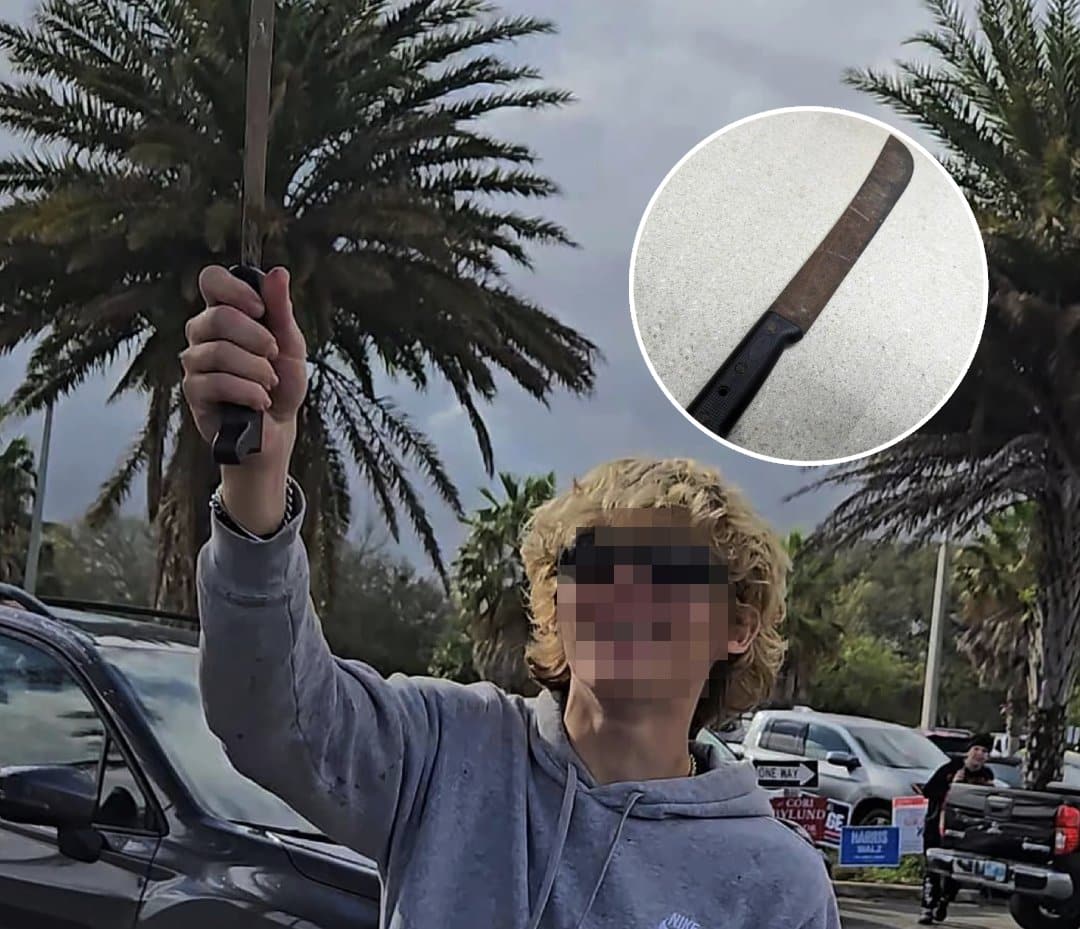

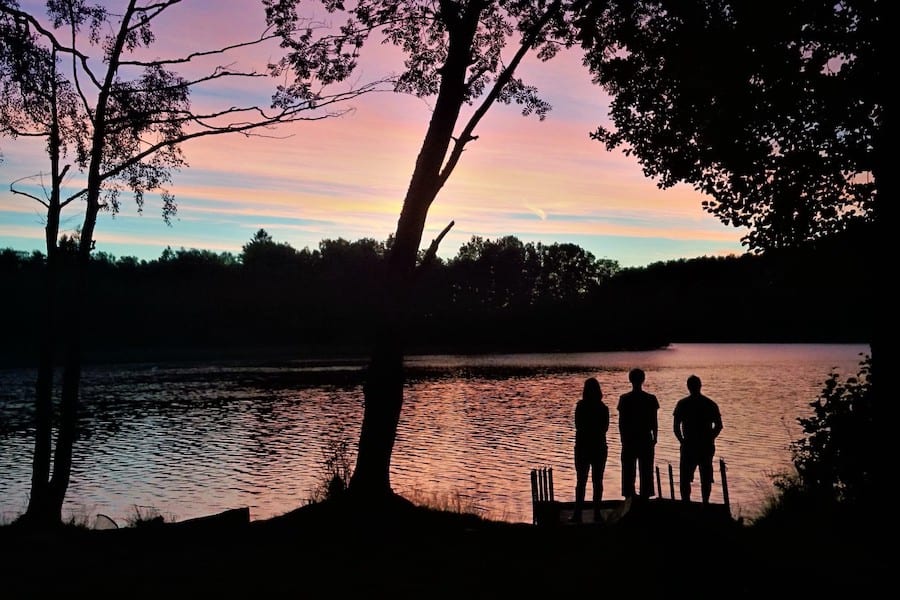

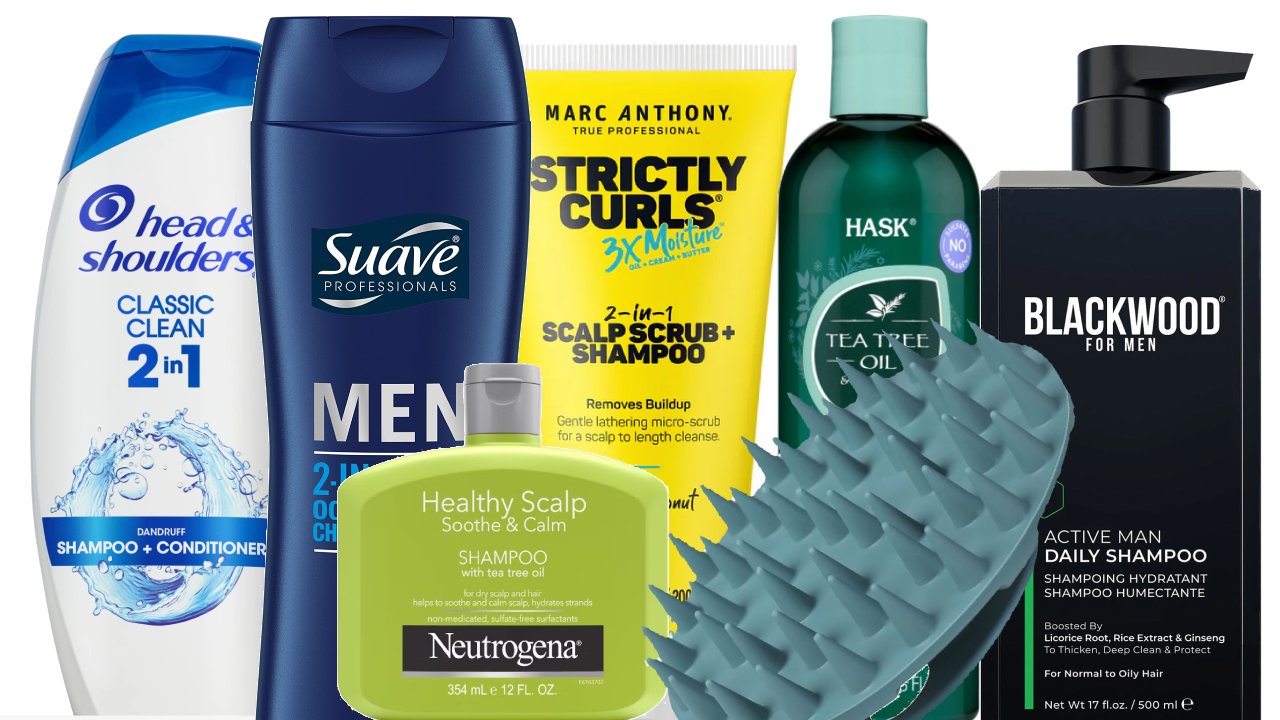
 HEALTH CARE
HEALTH CARE







 ACTIVITIES & CRAFTS
ACTIVITIES & CRAFTS








 CONTACT
CONTACT ABOUT
ABOUT